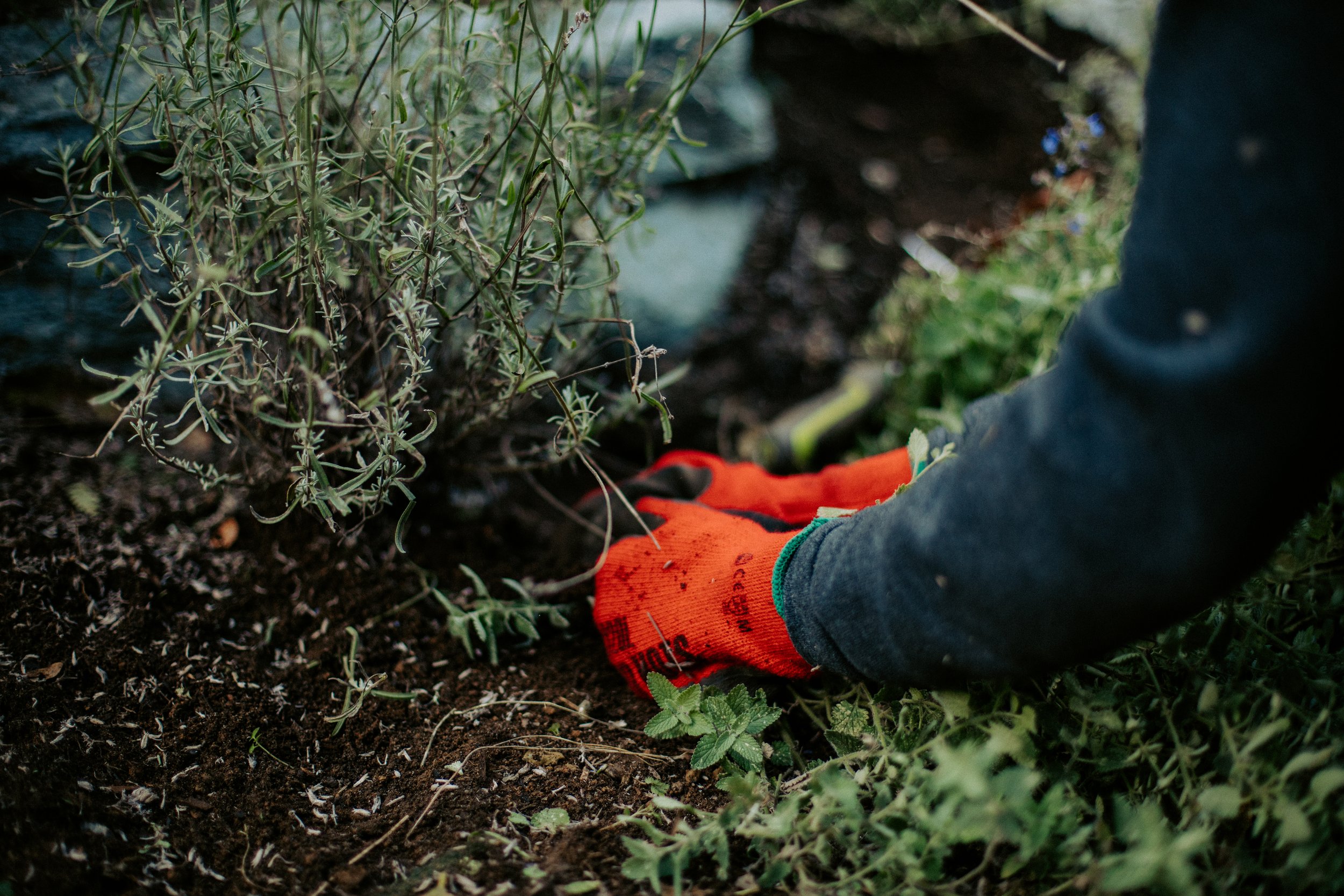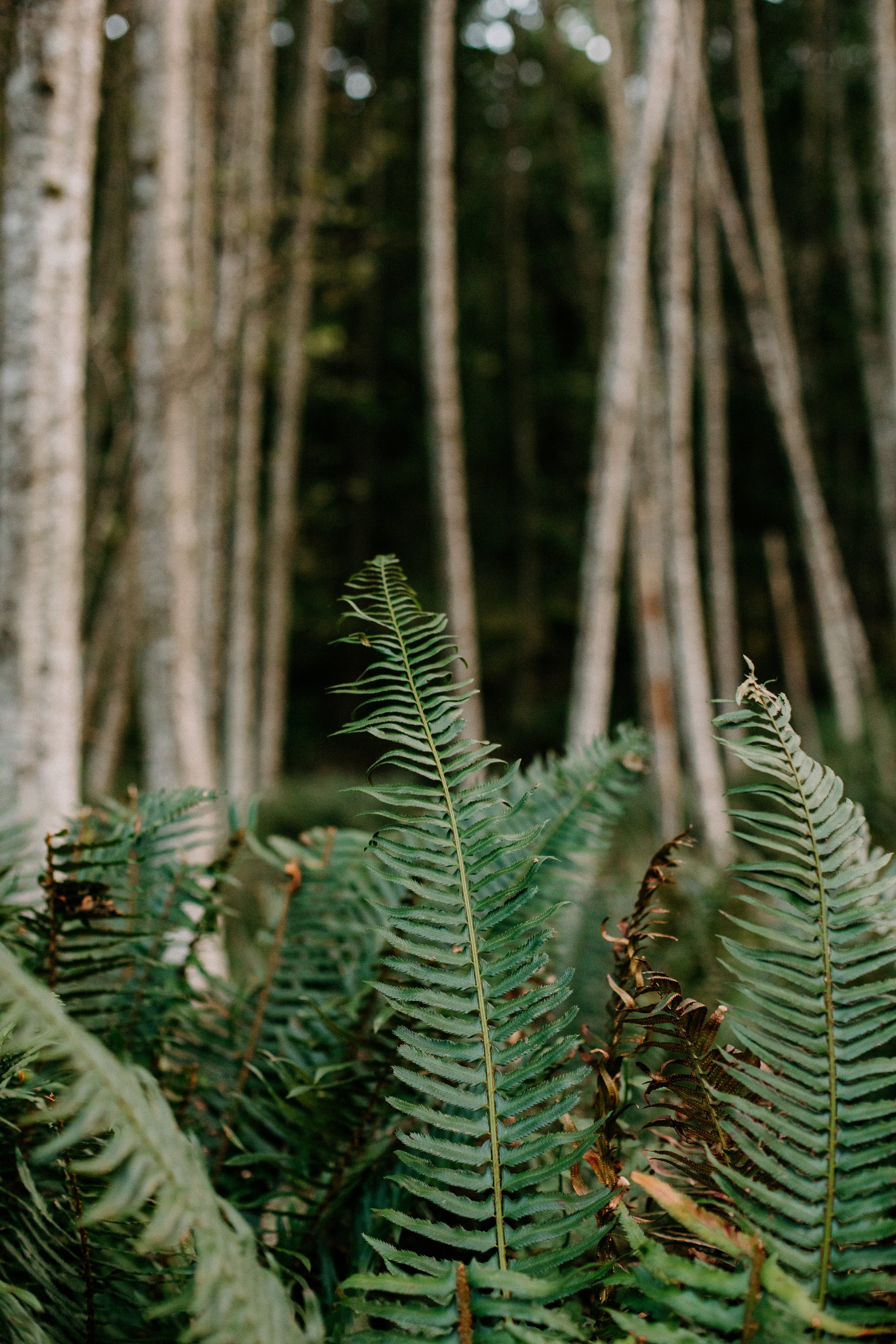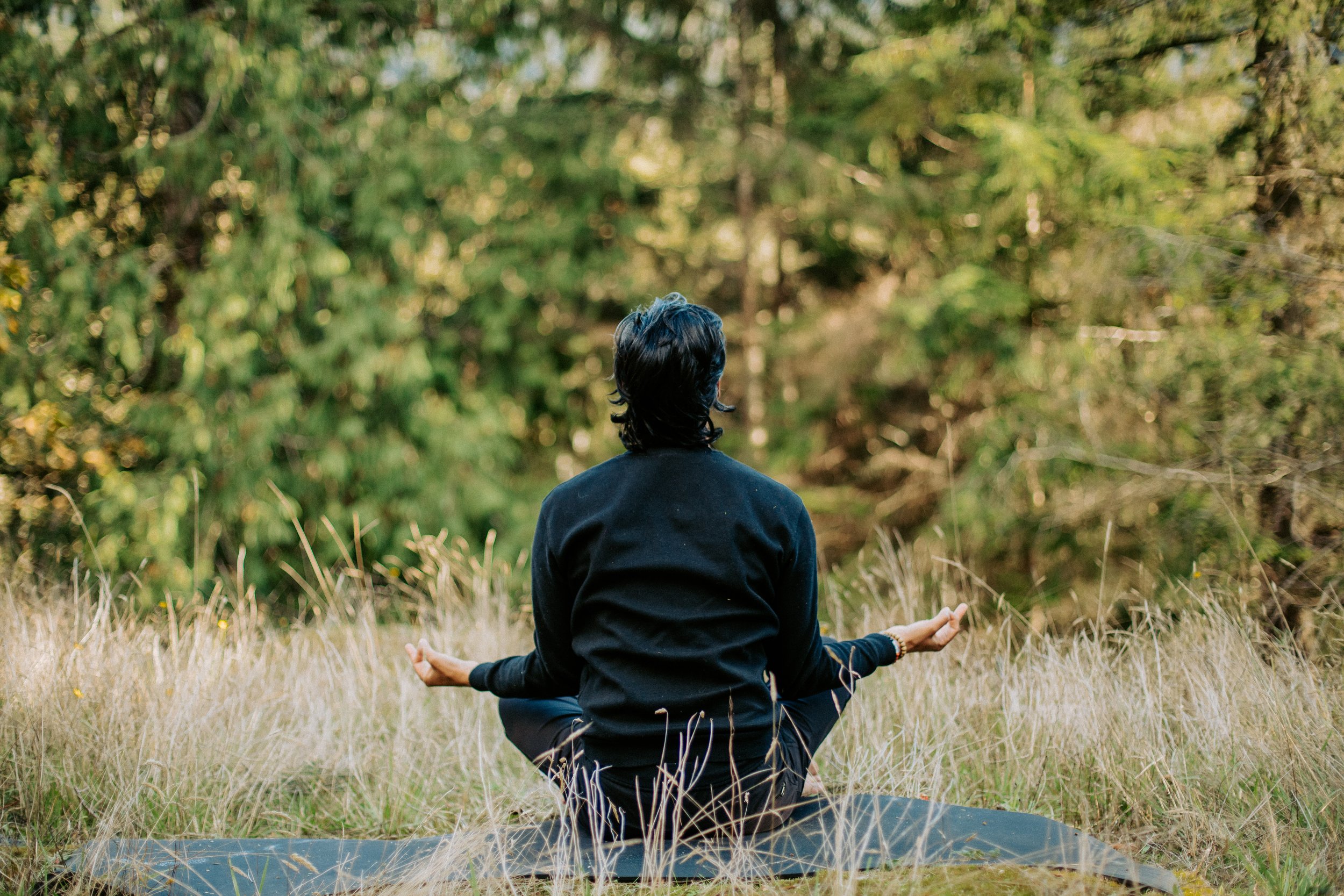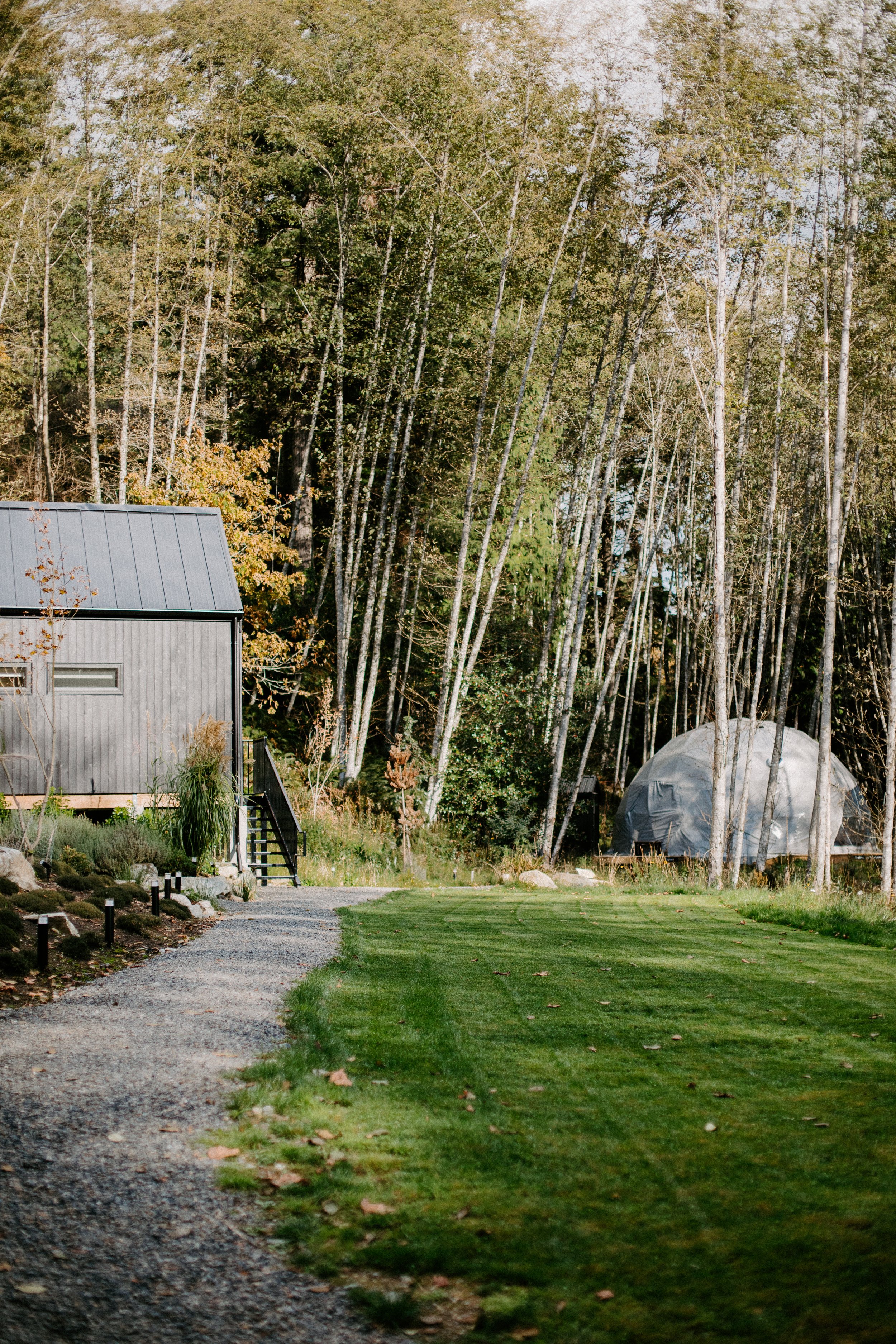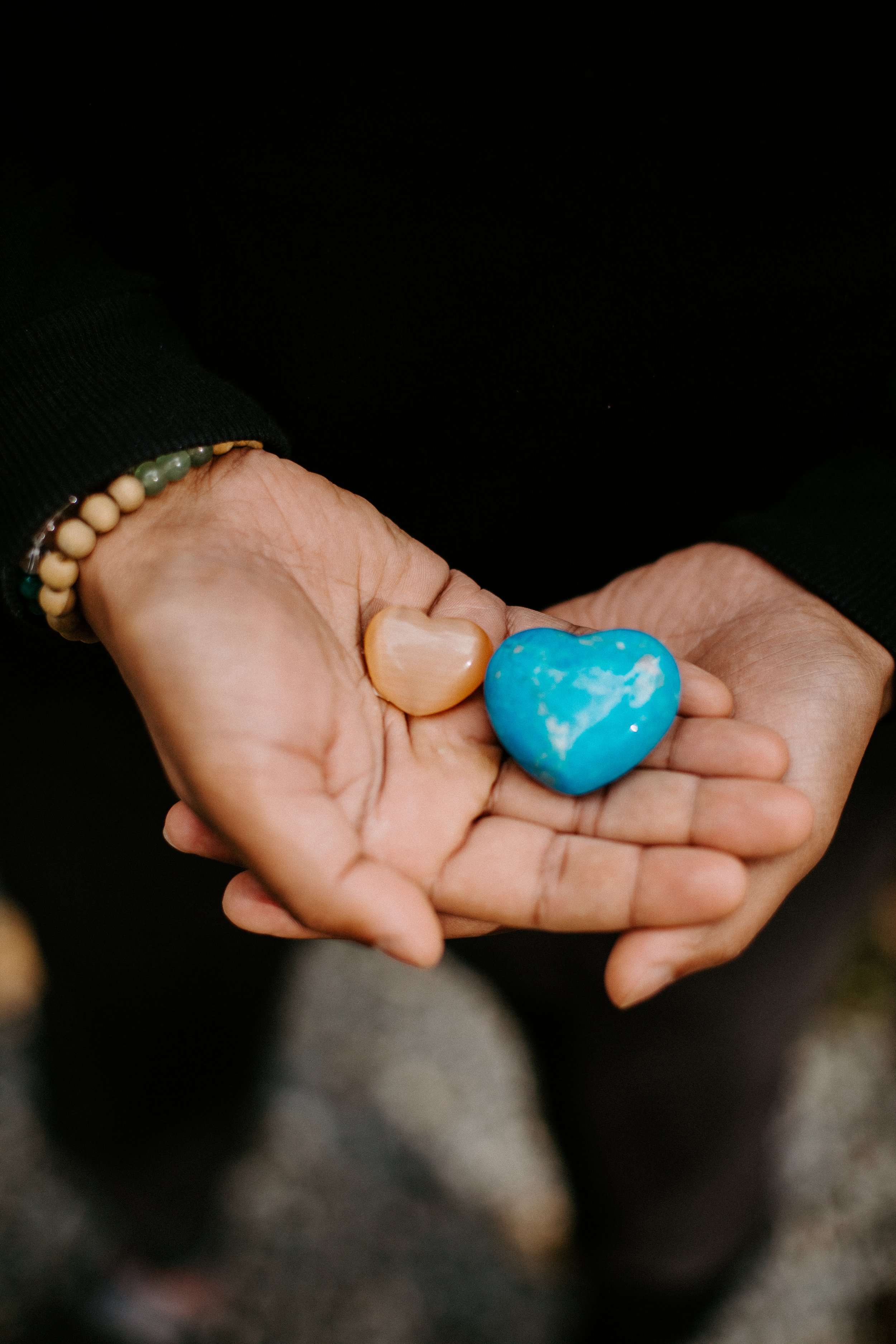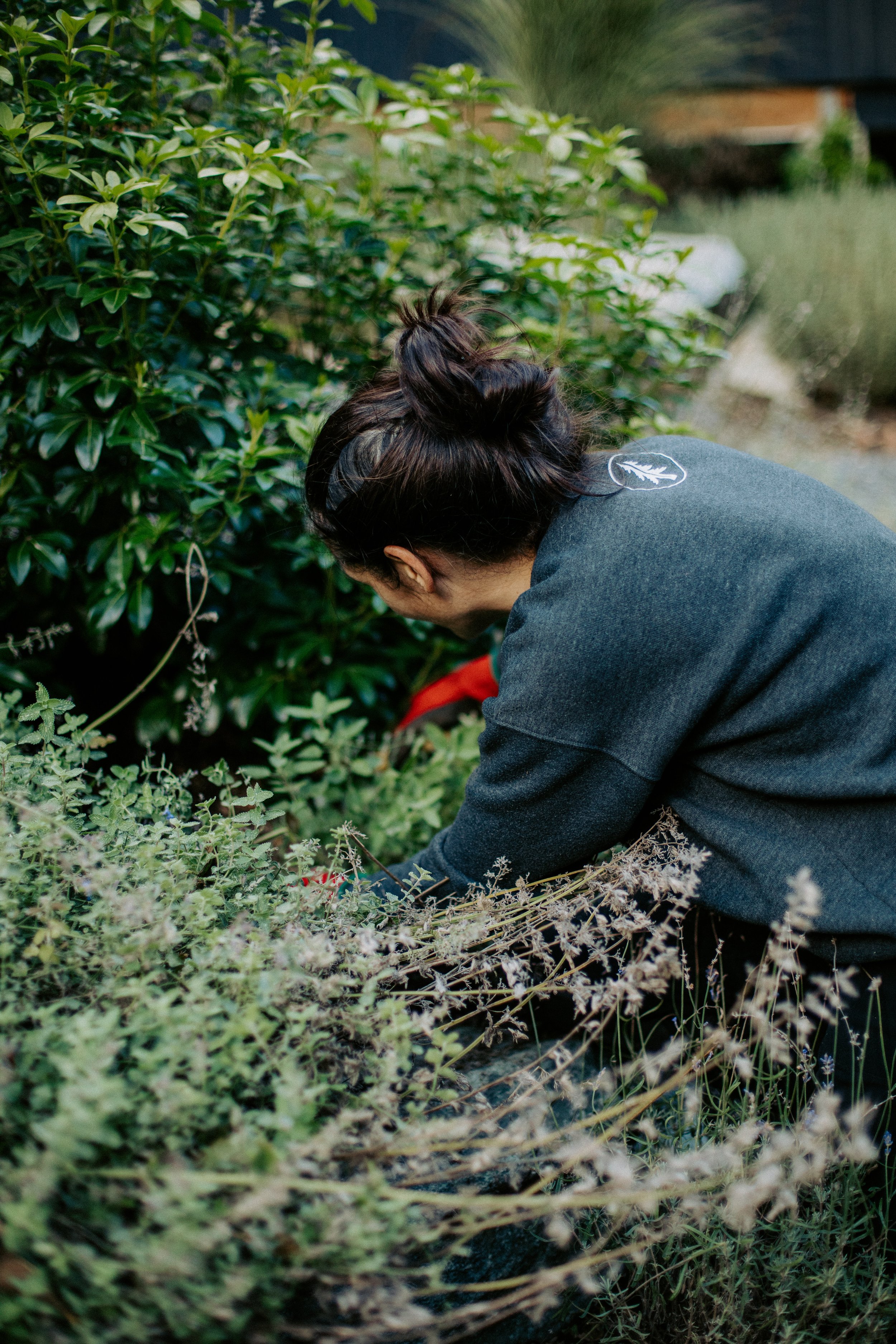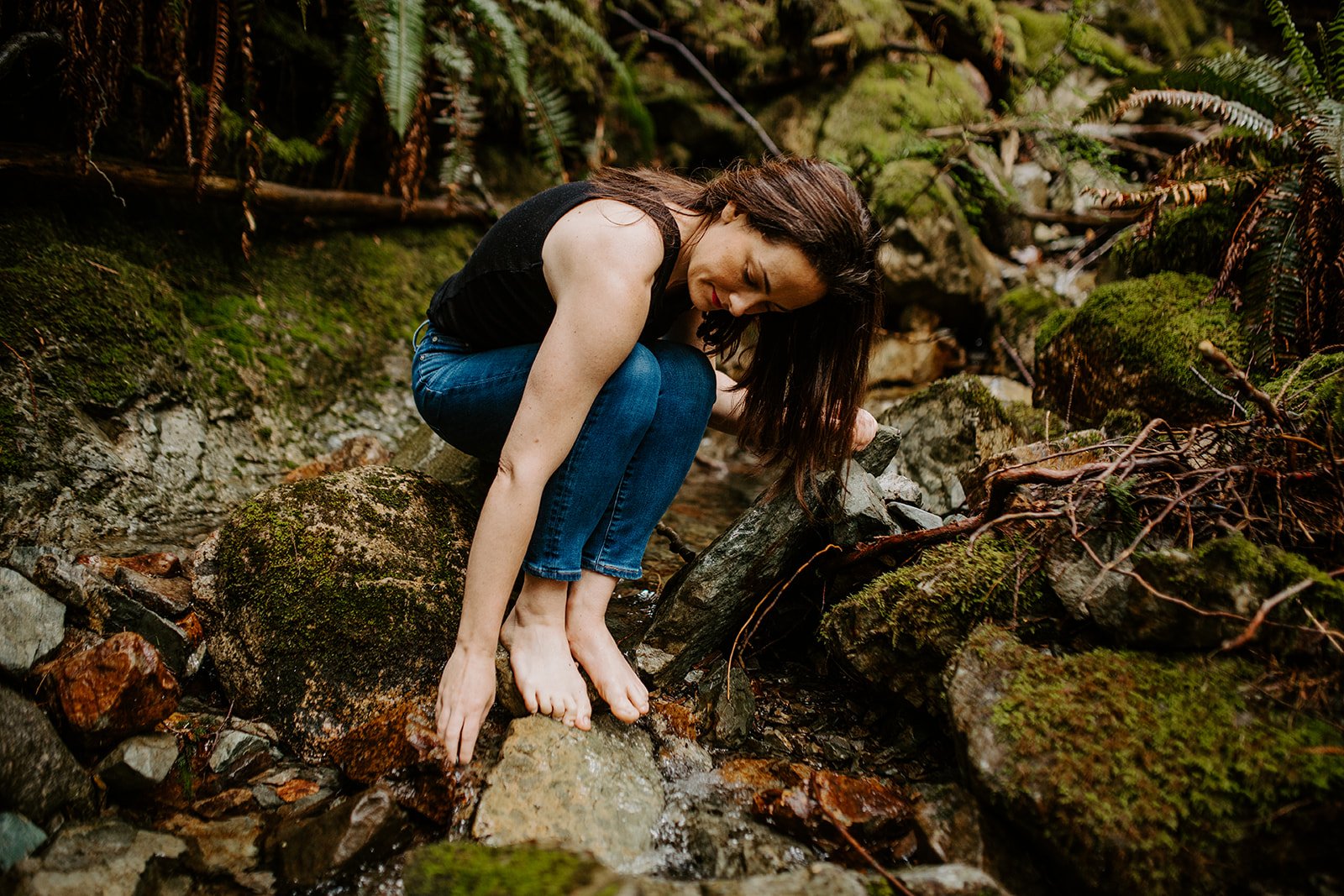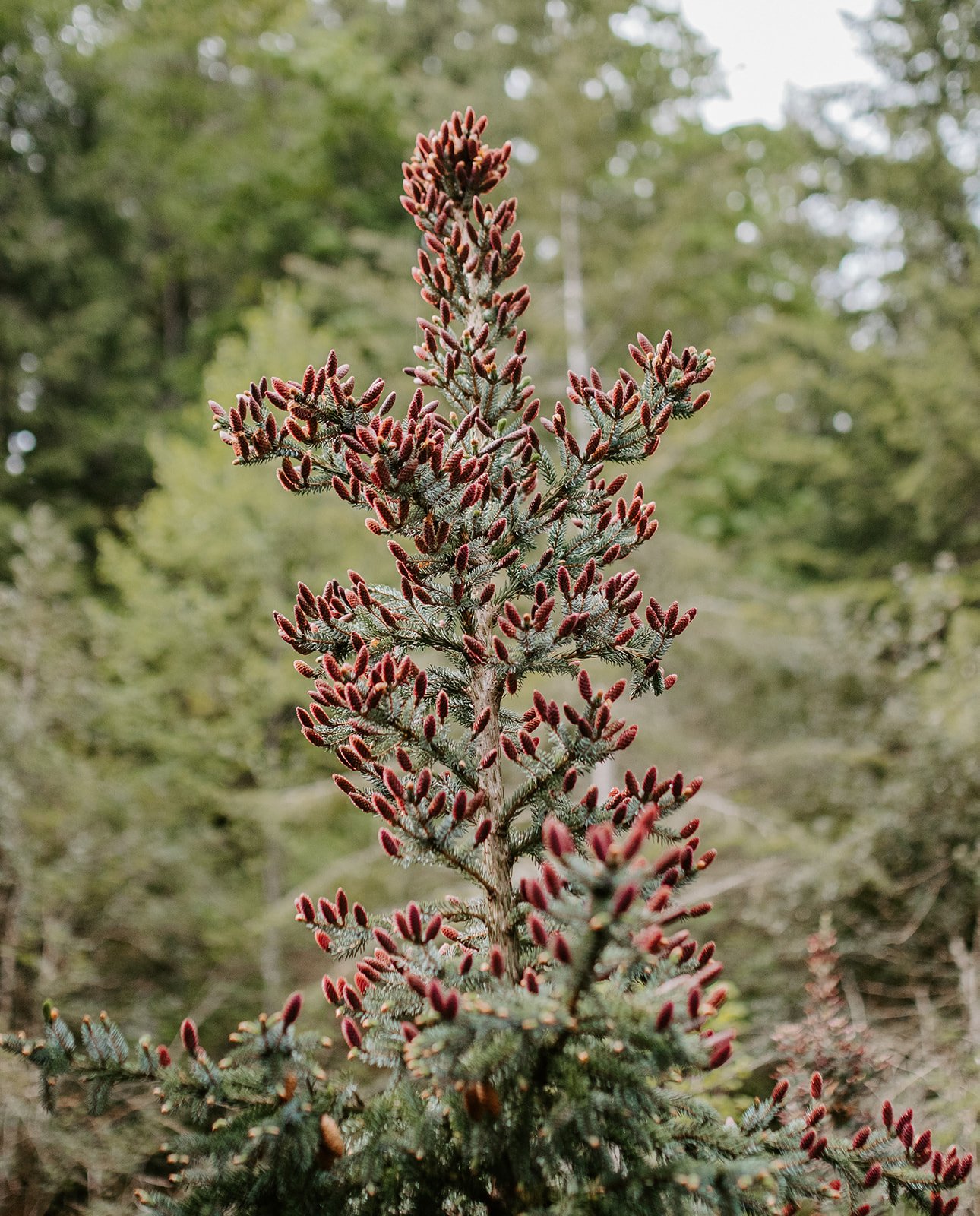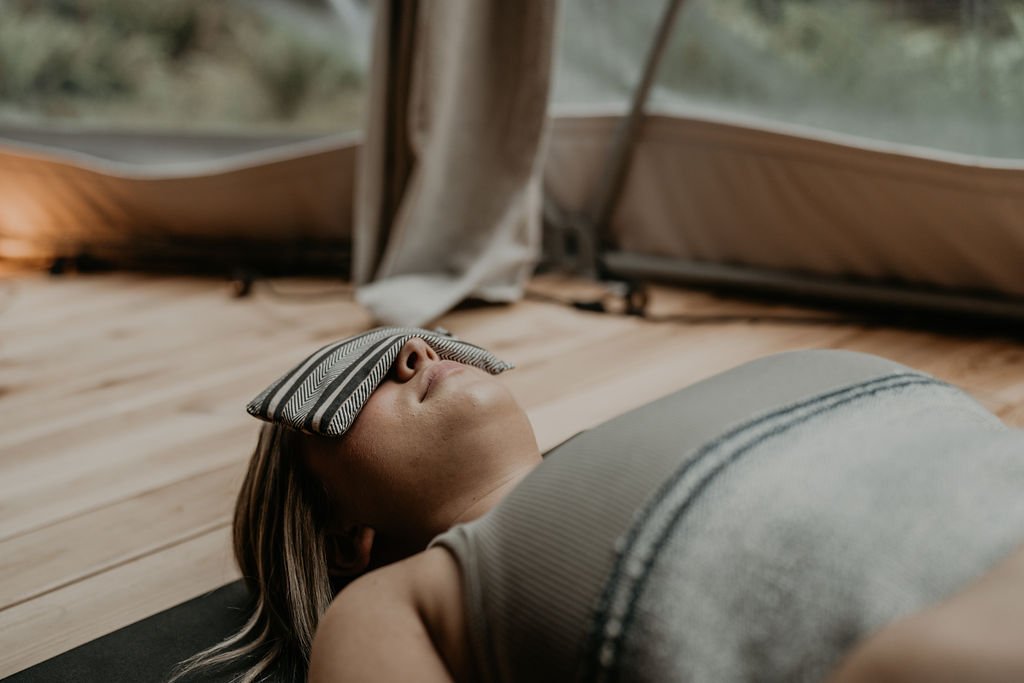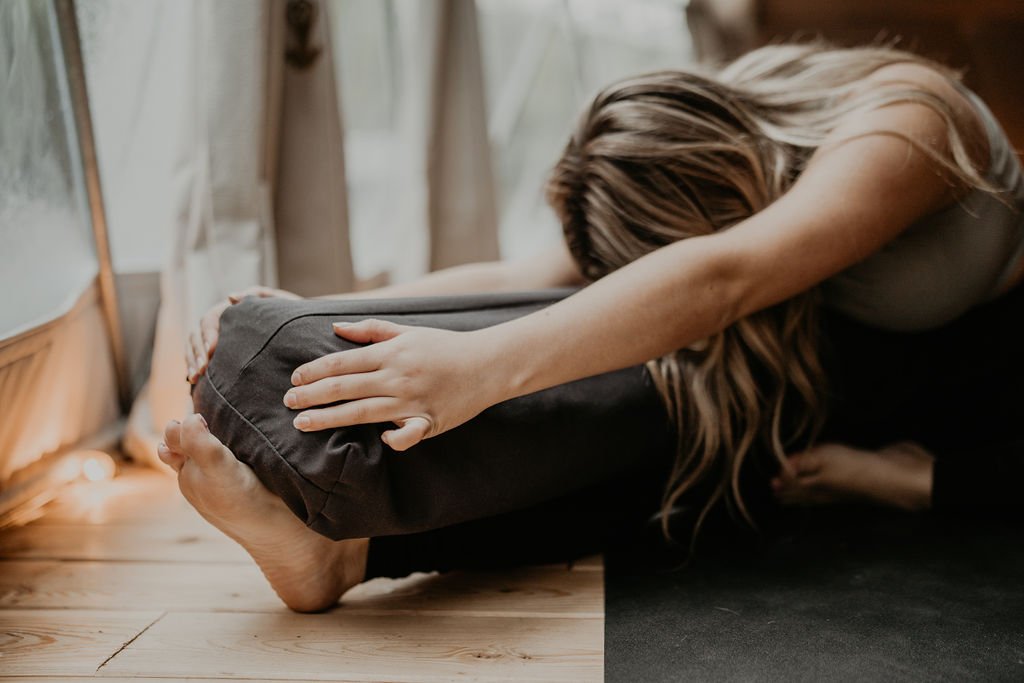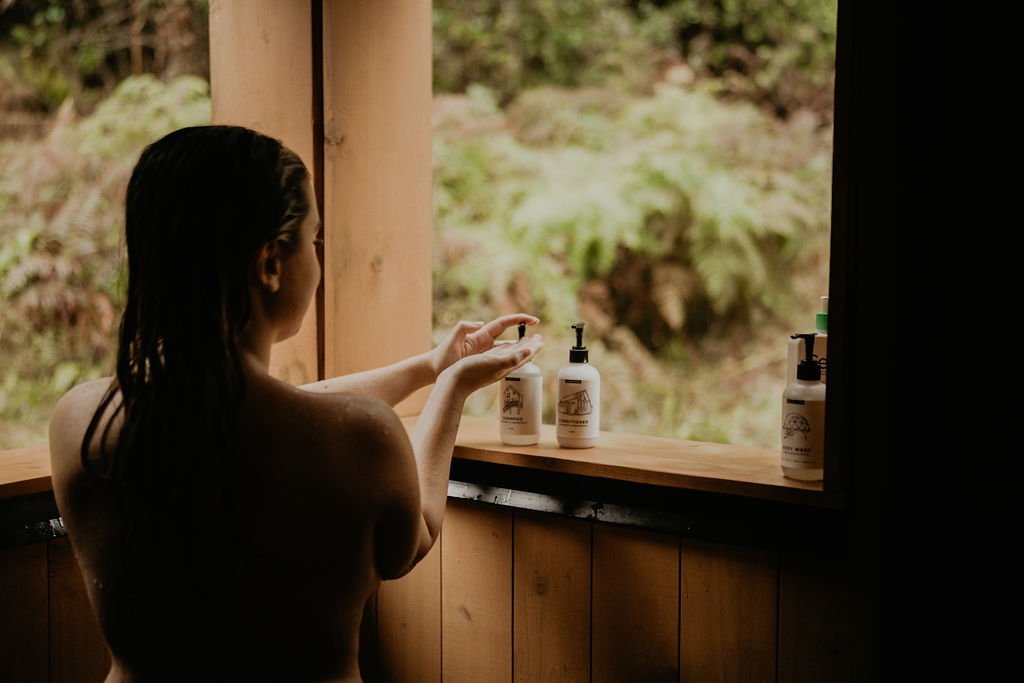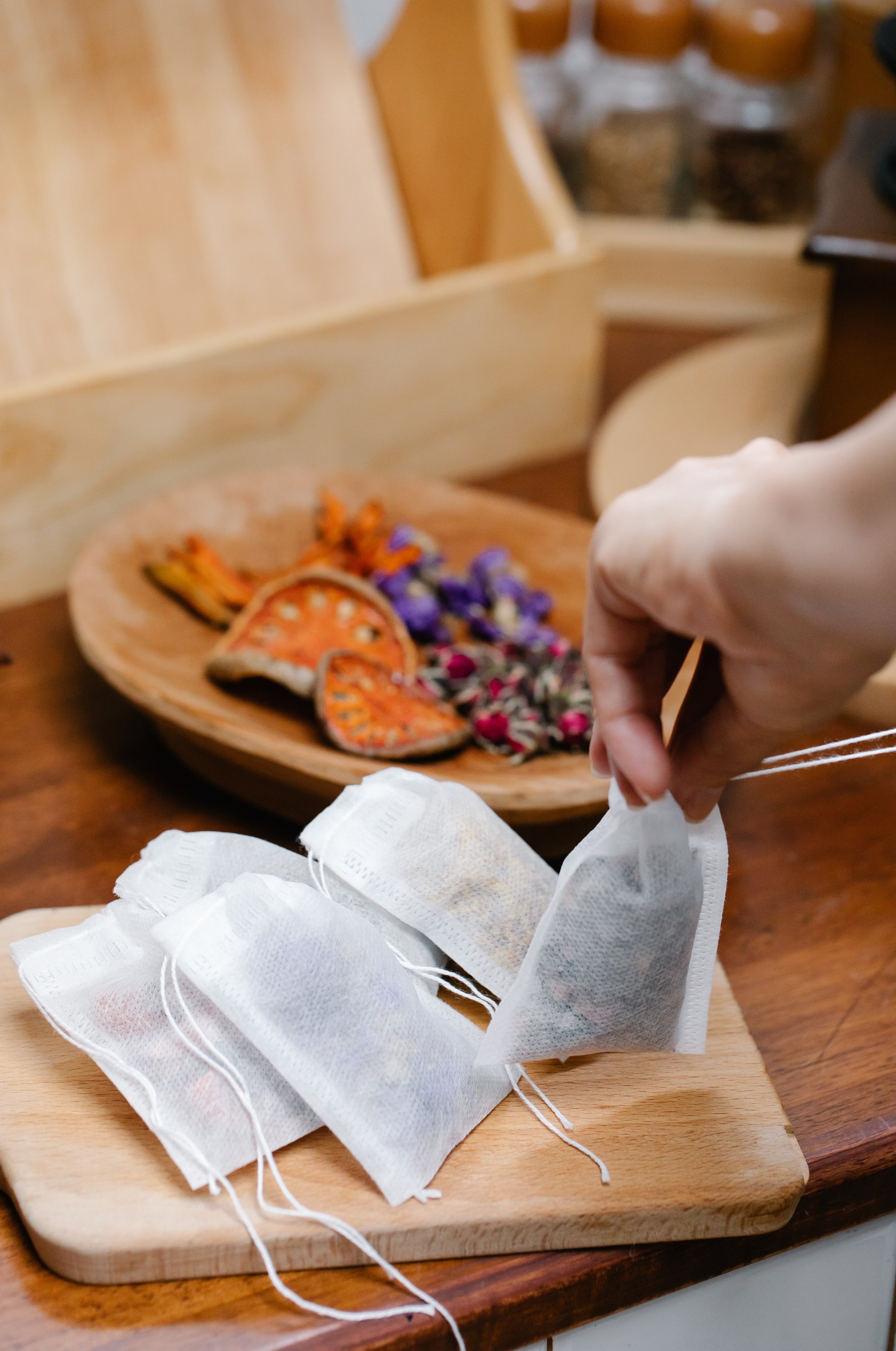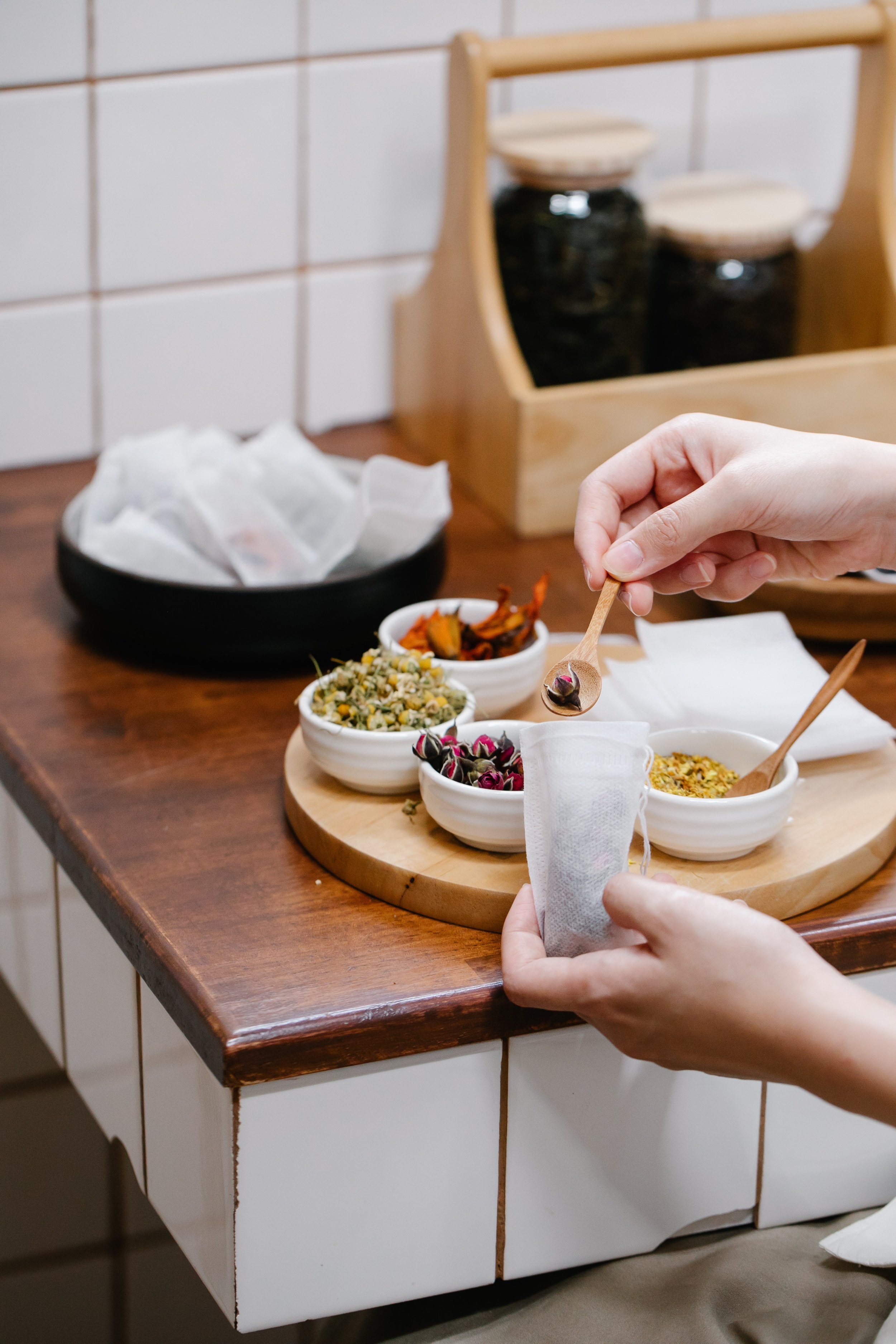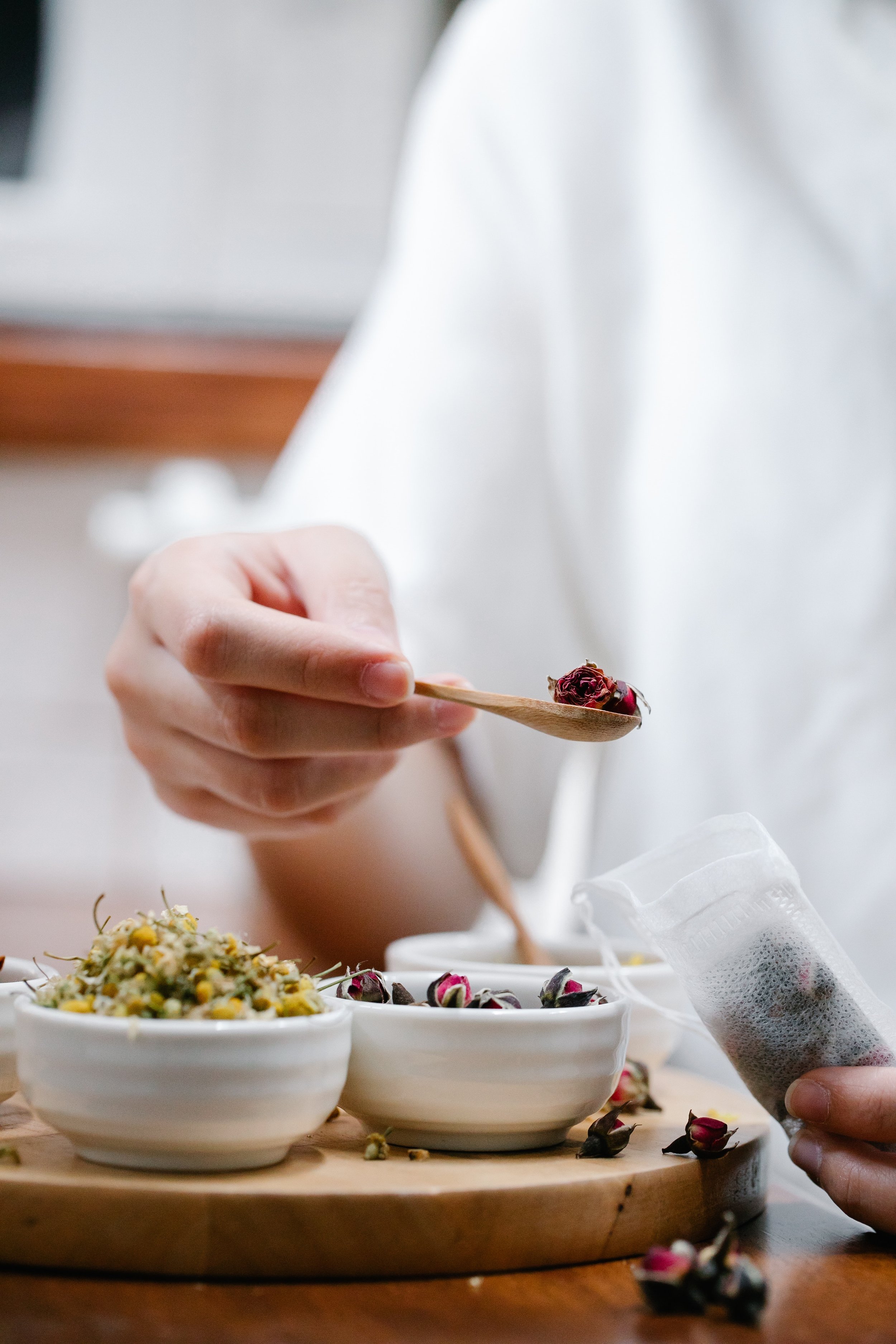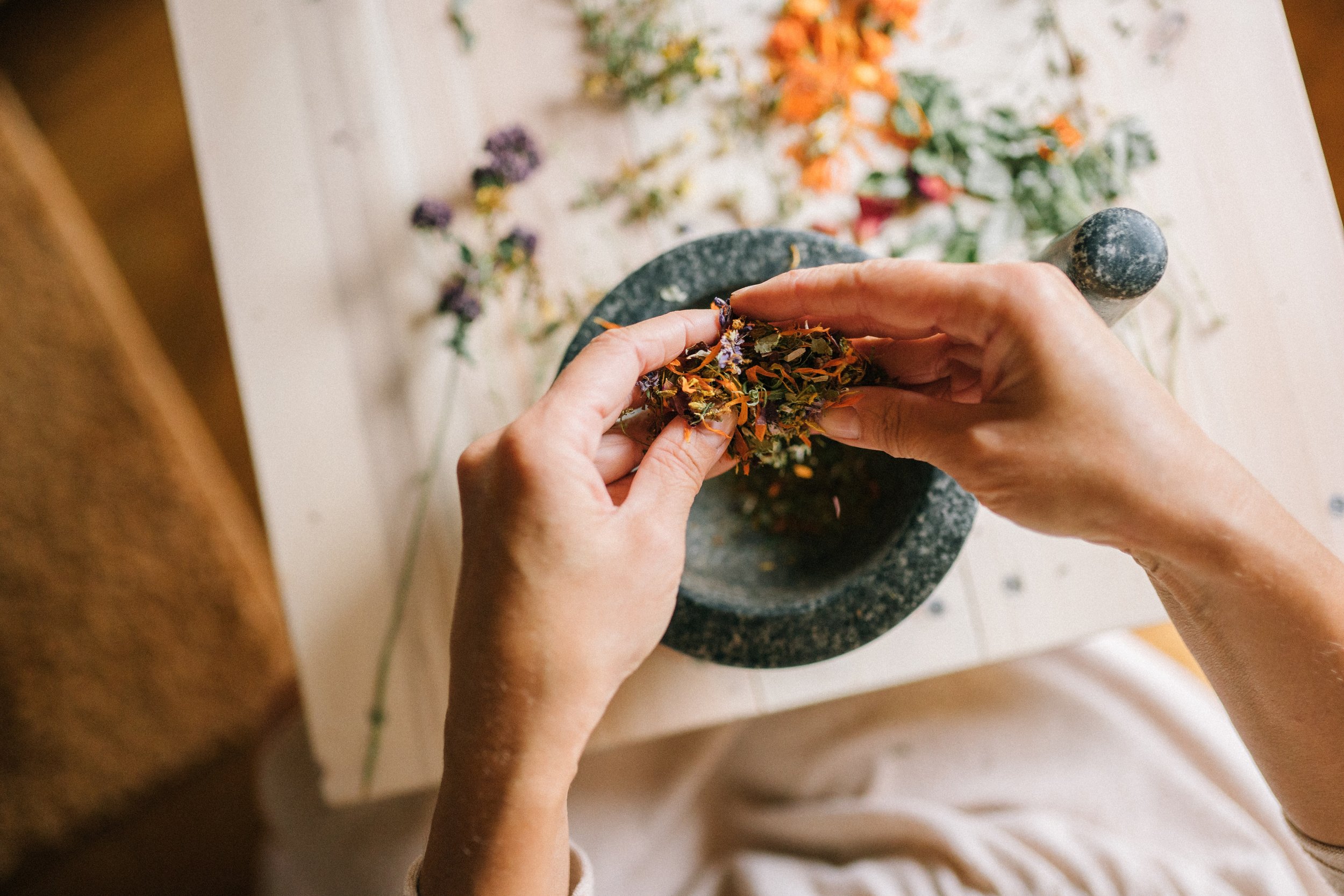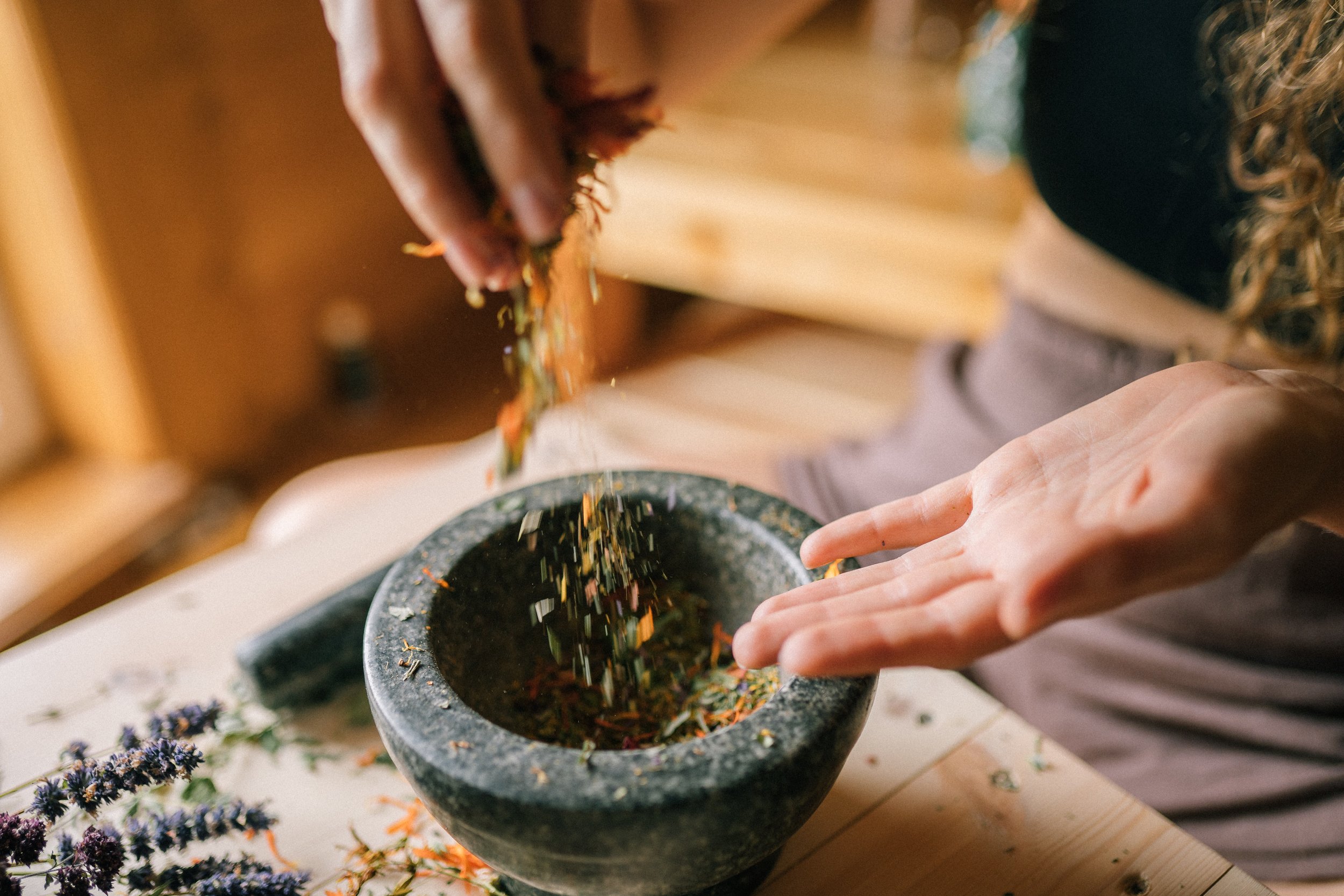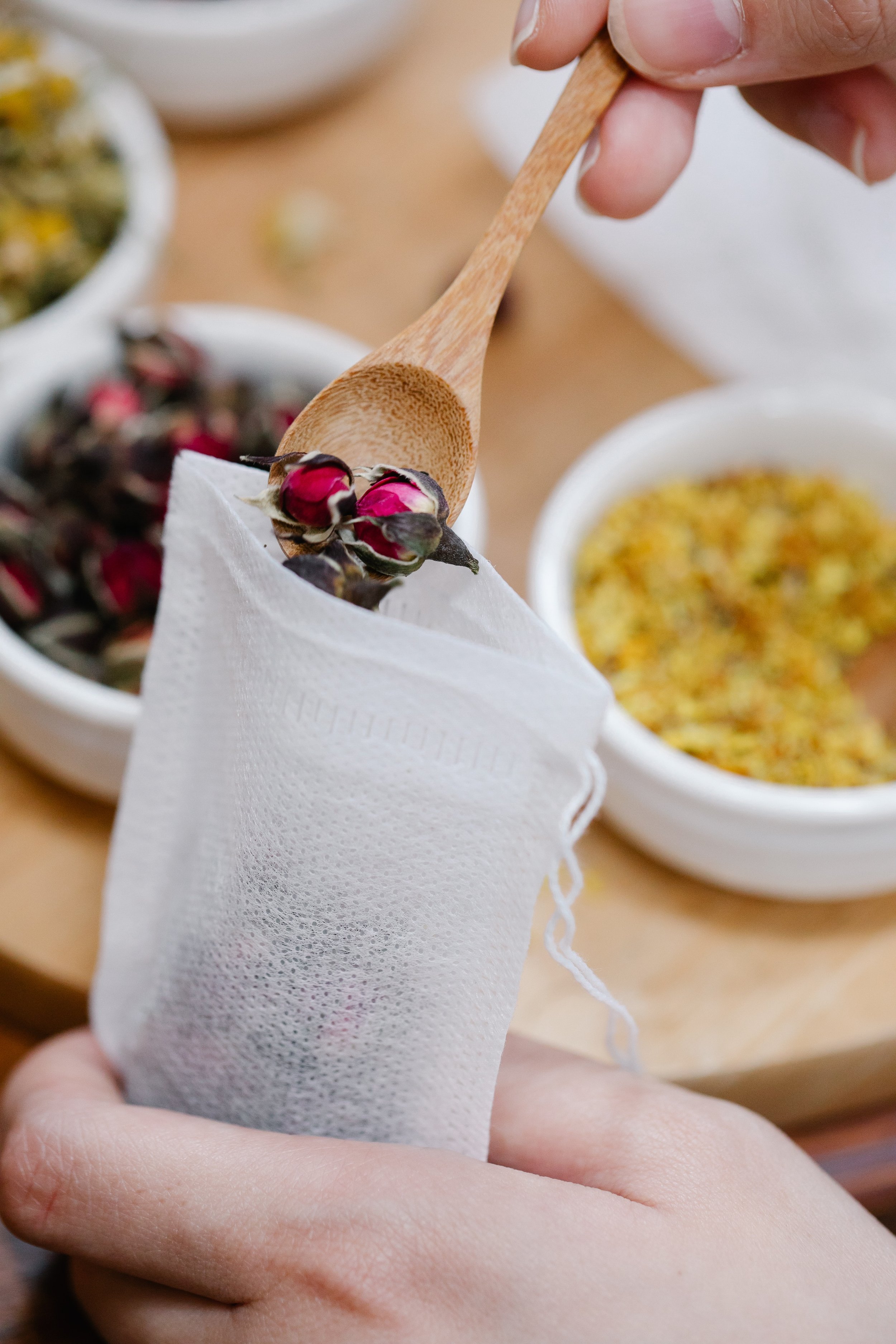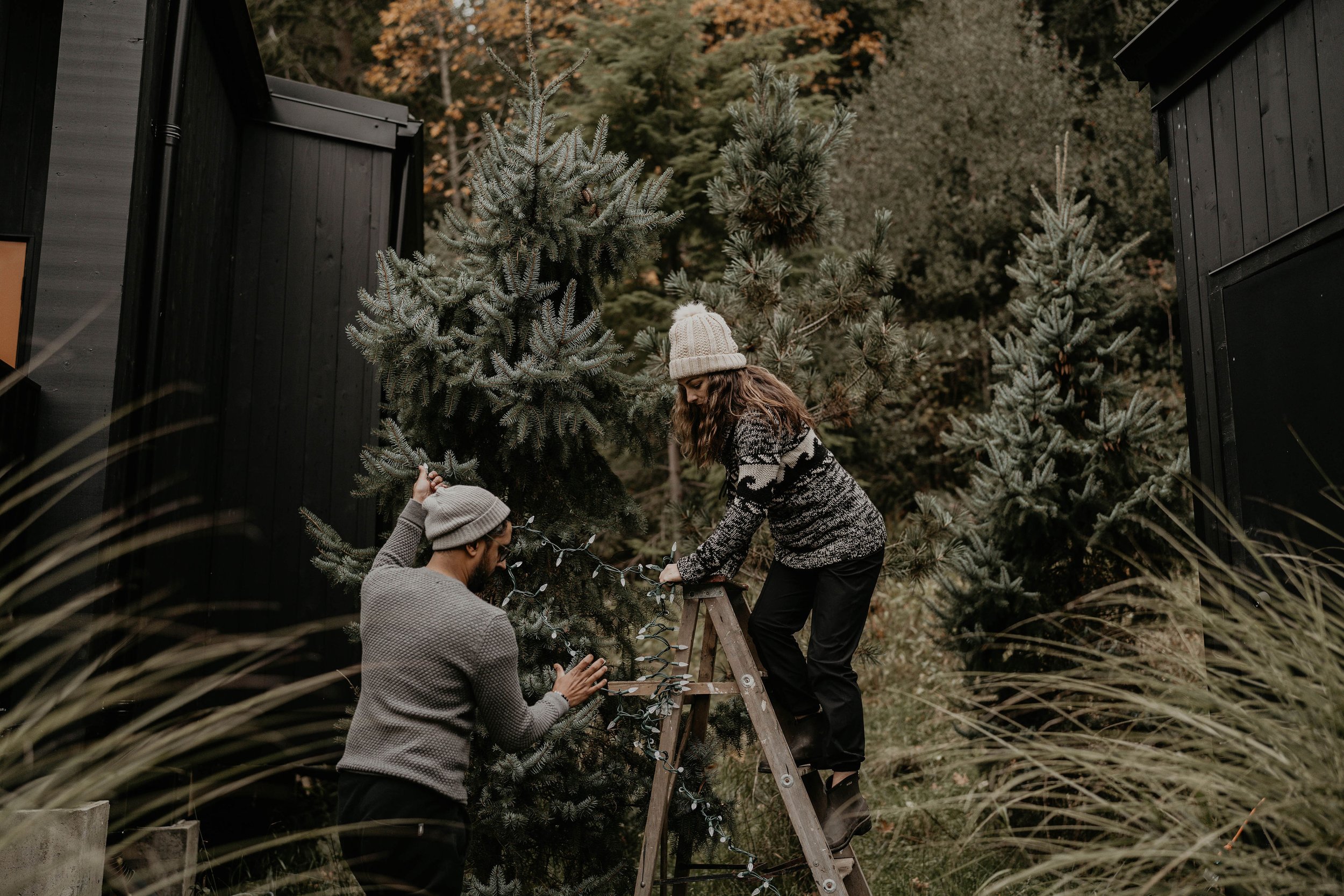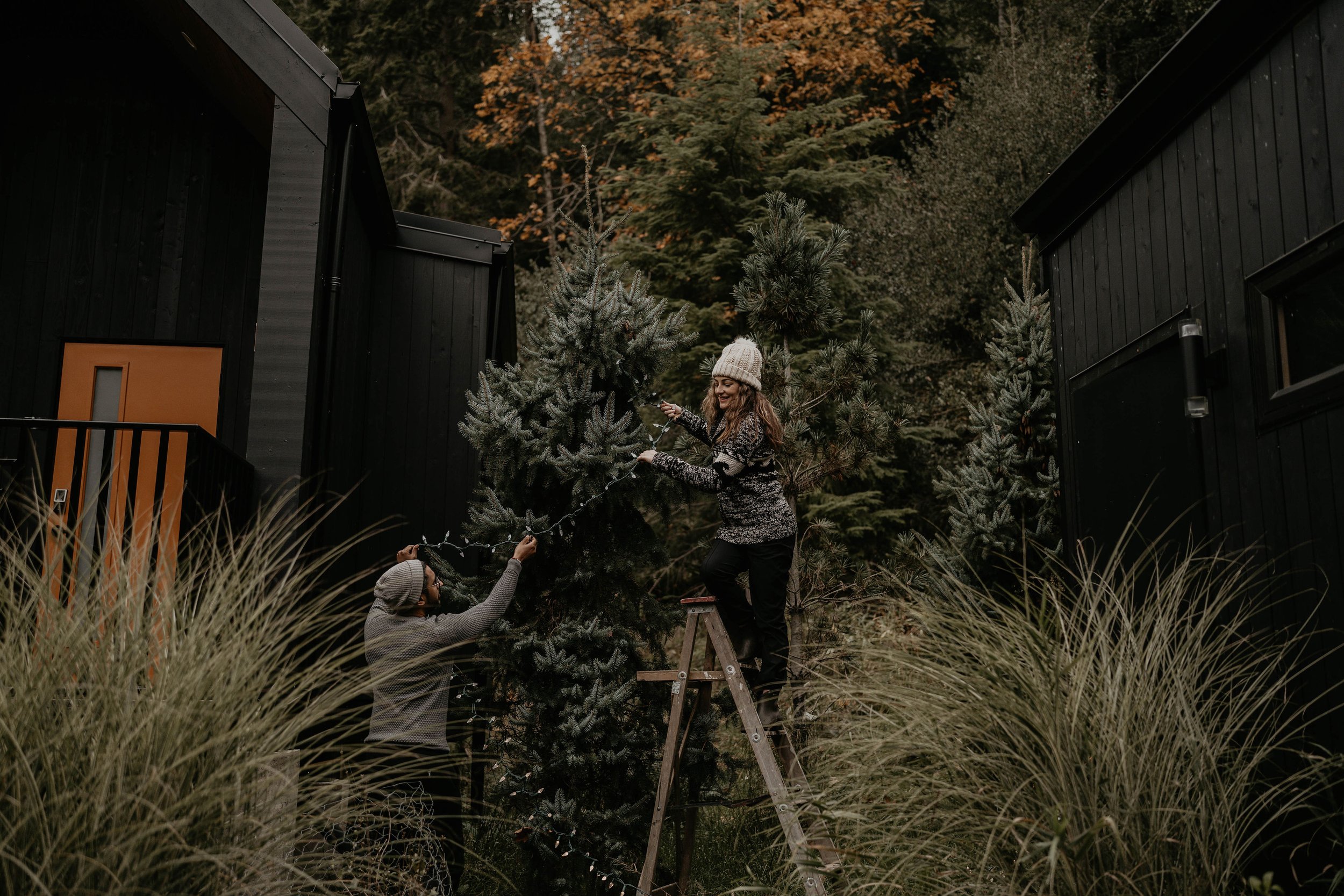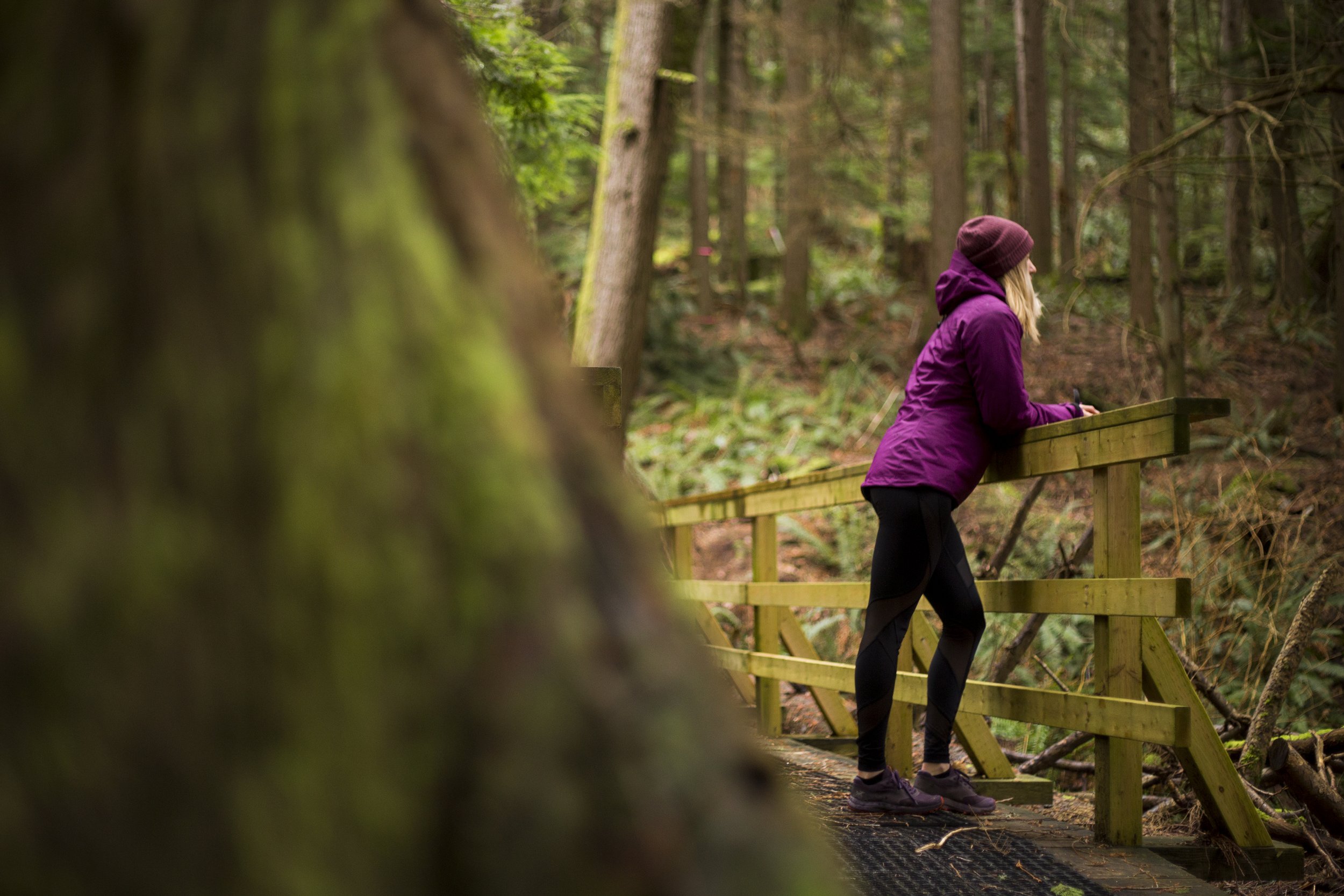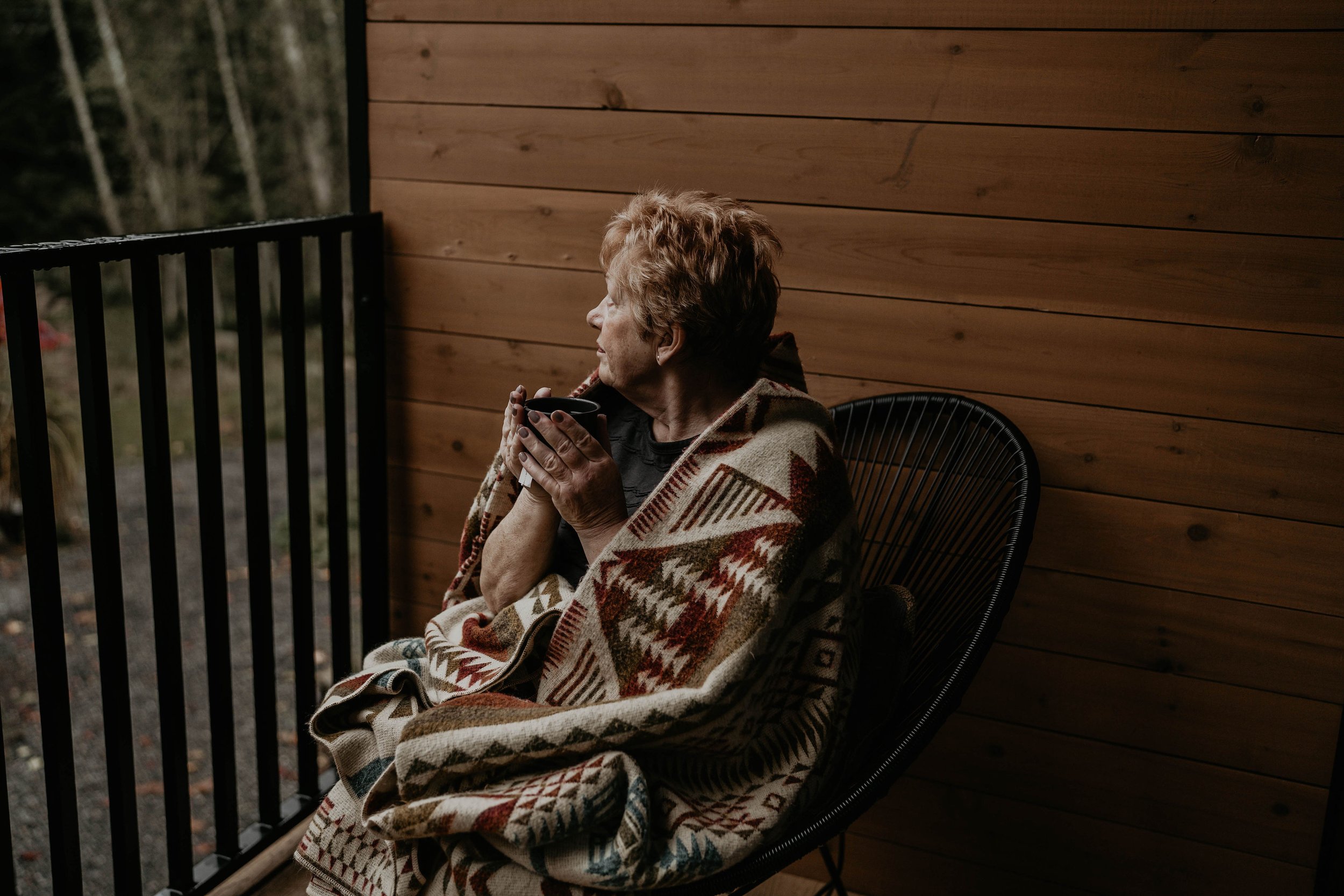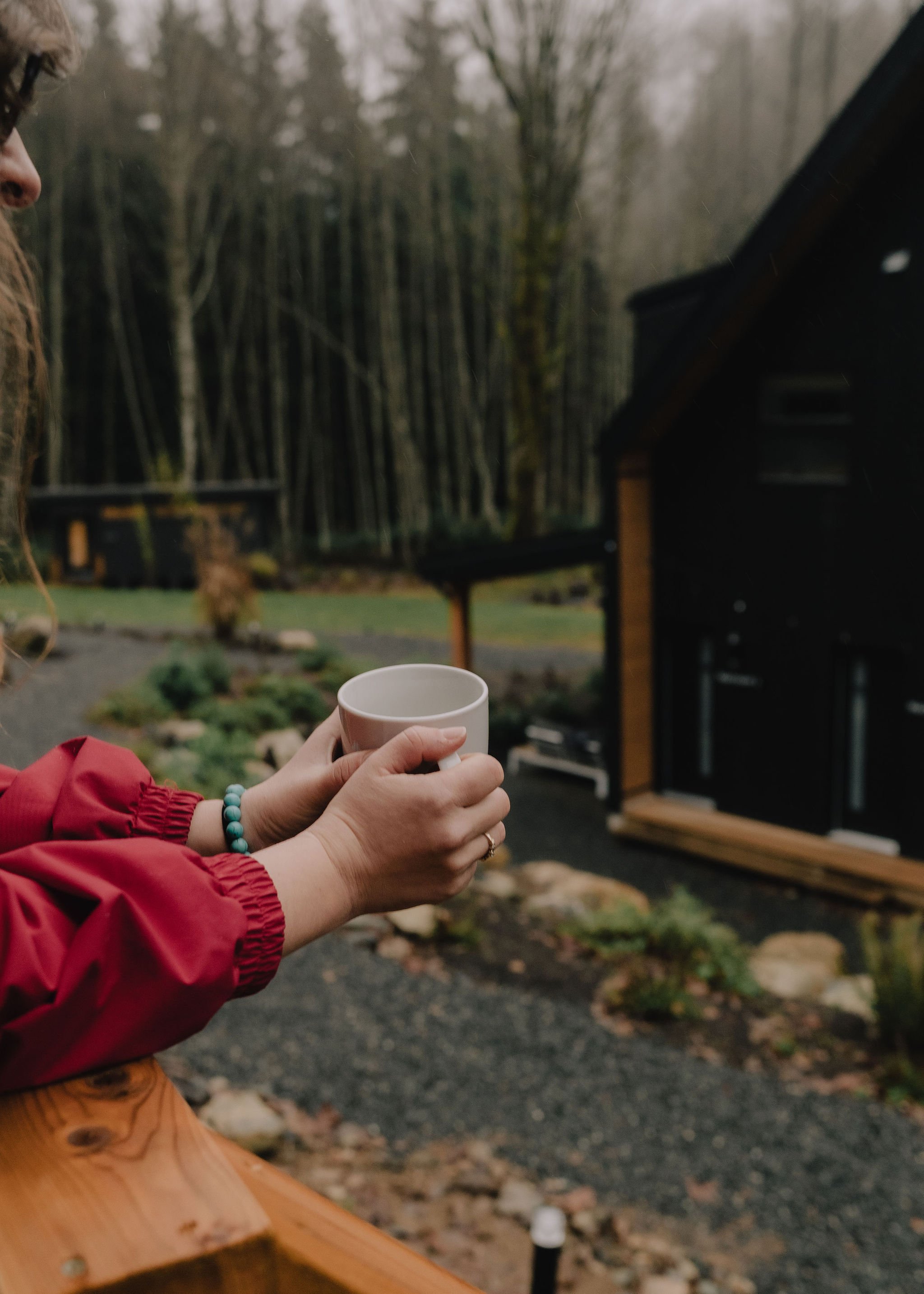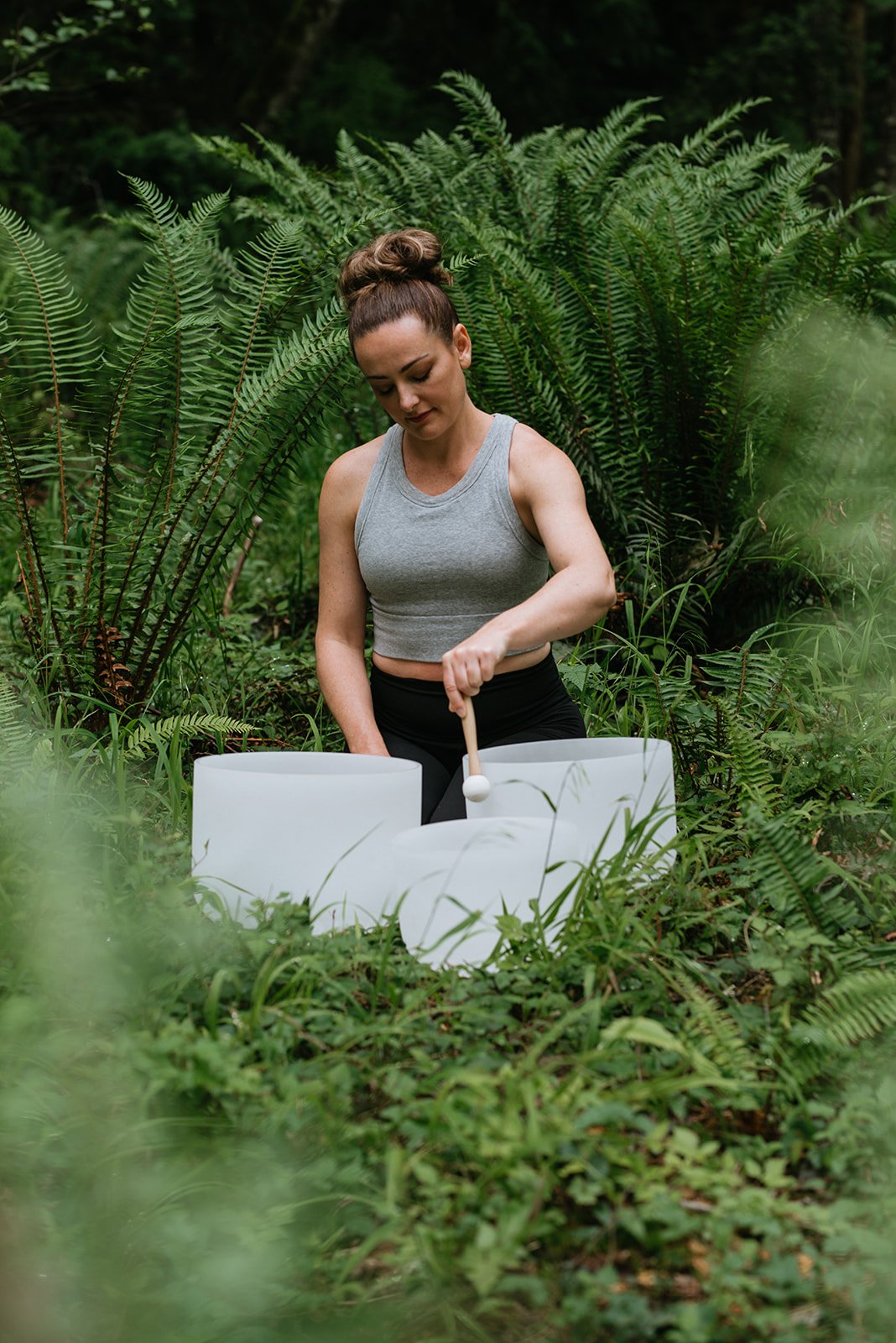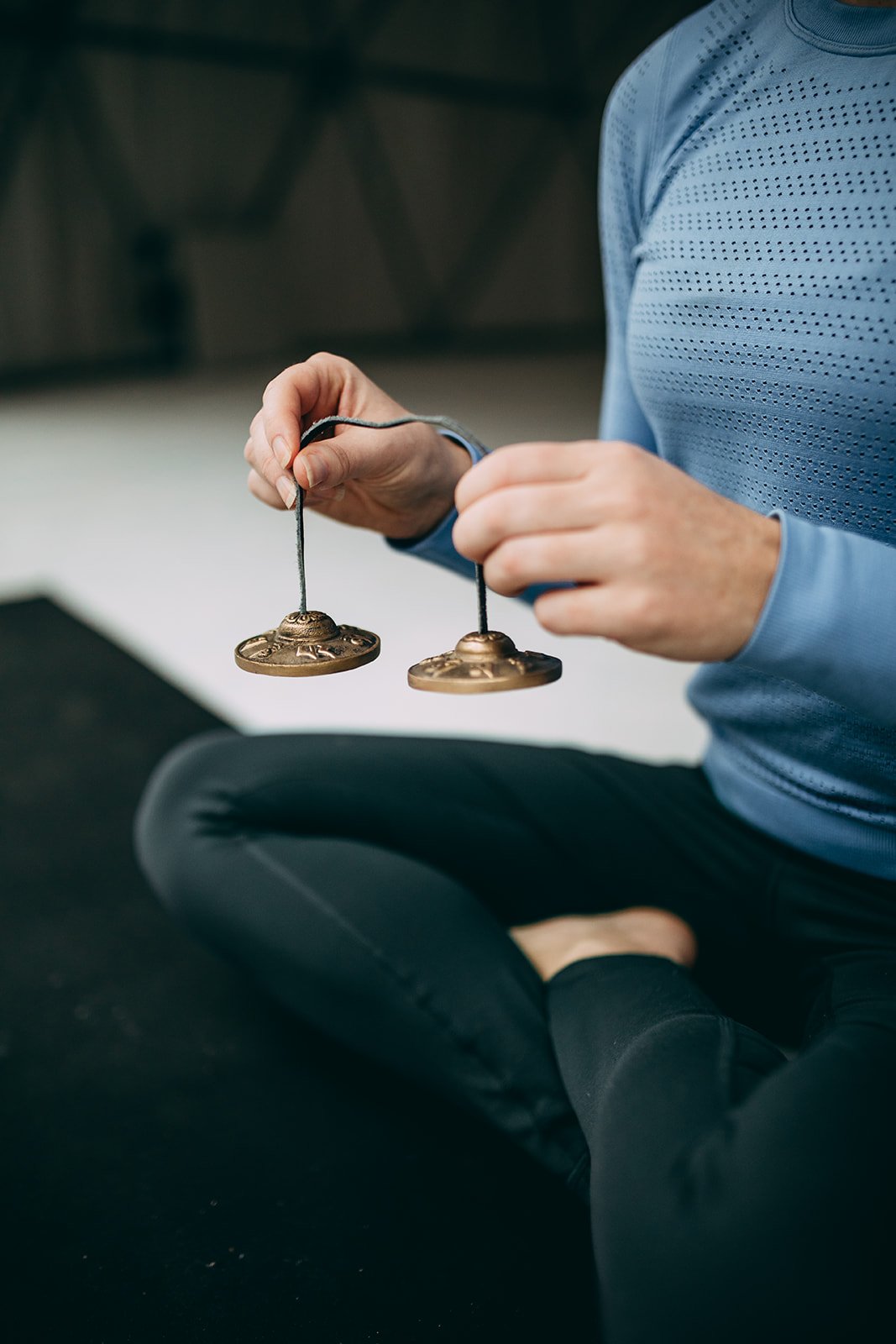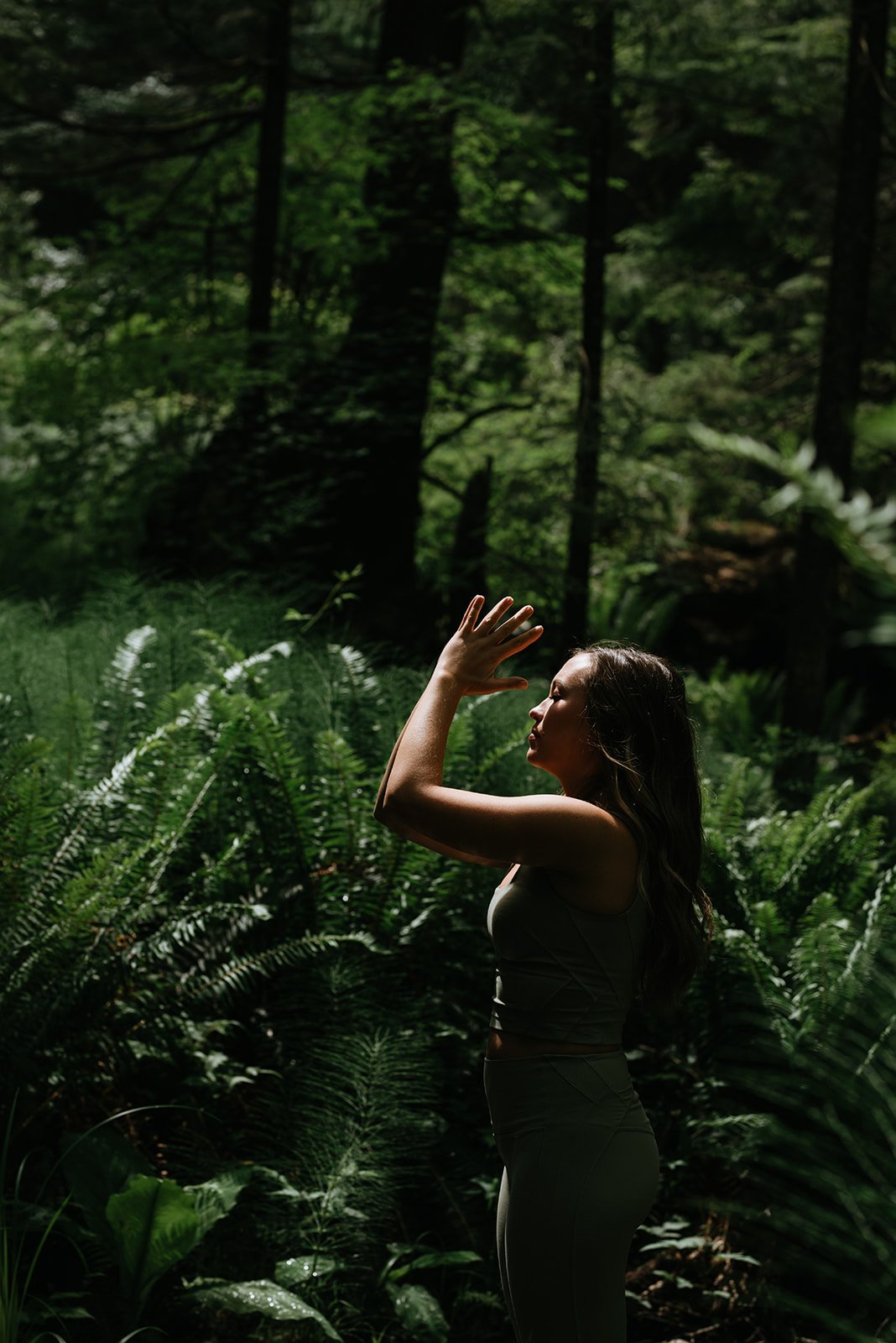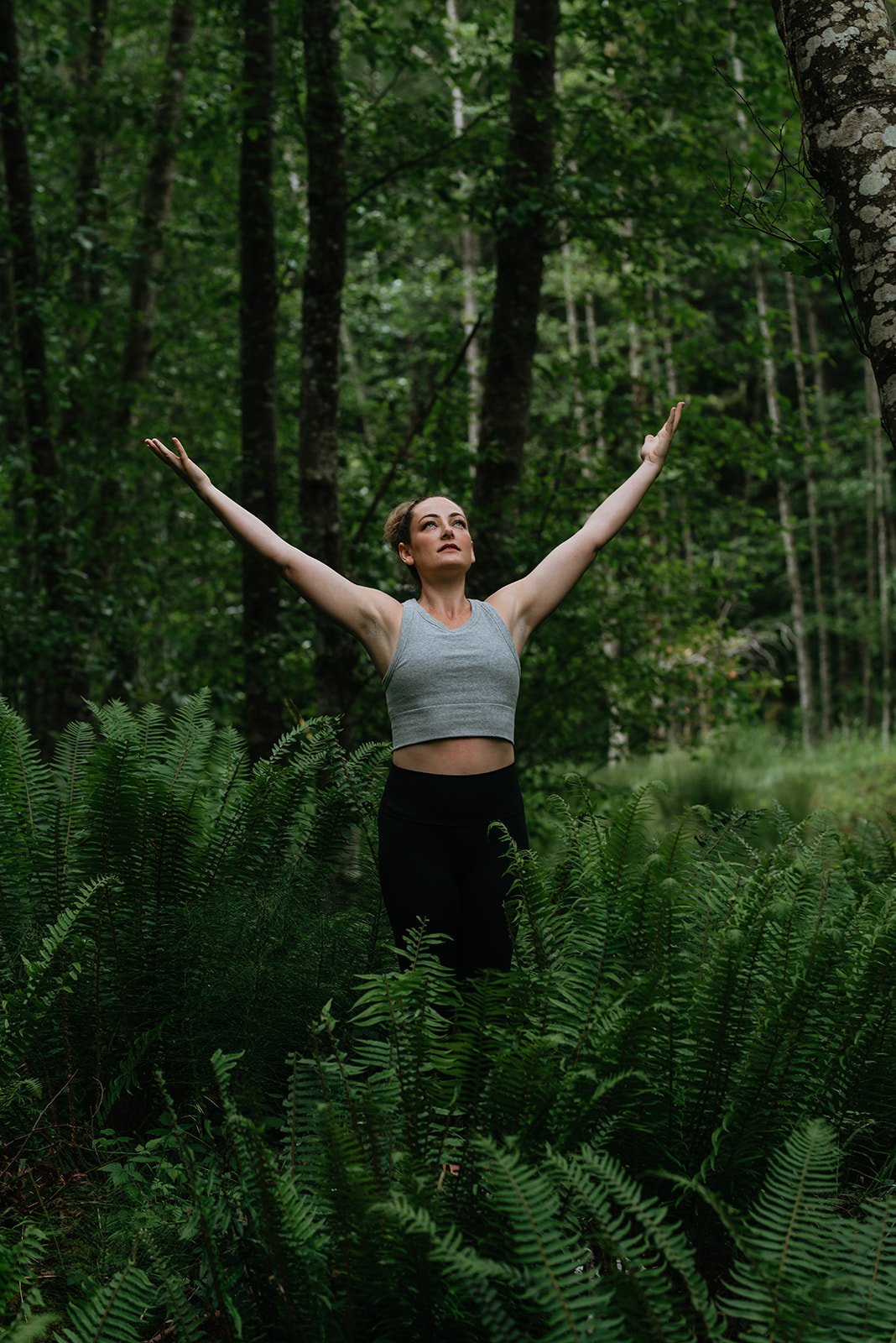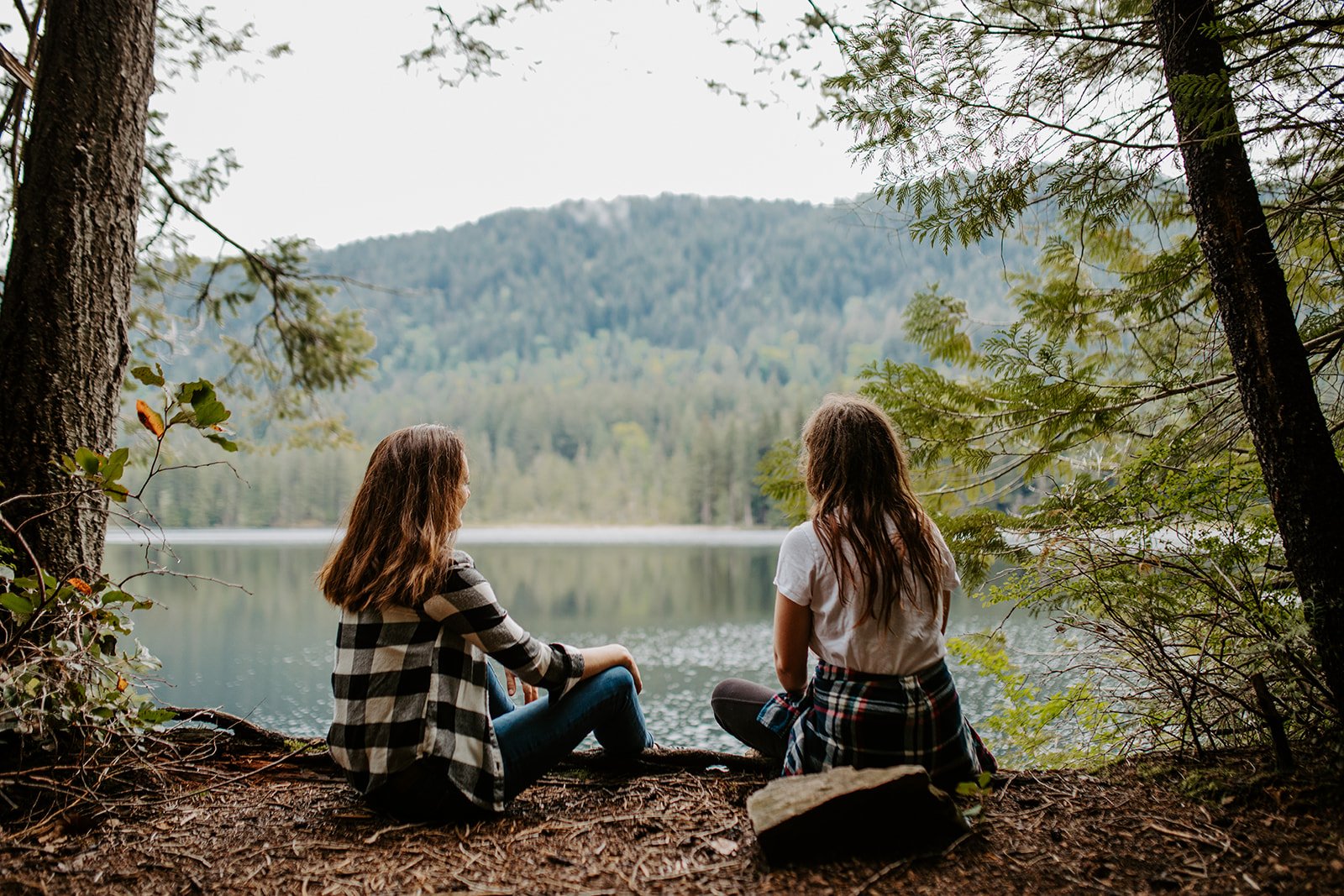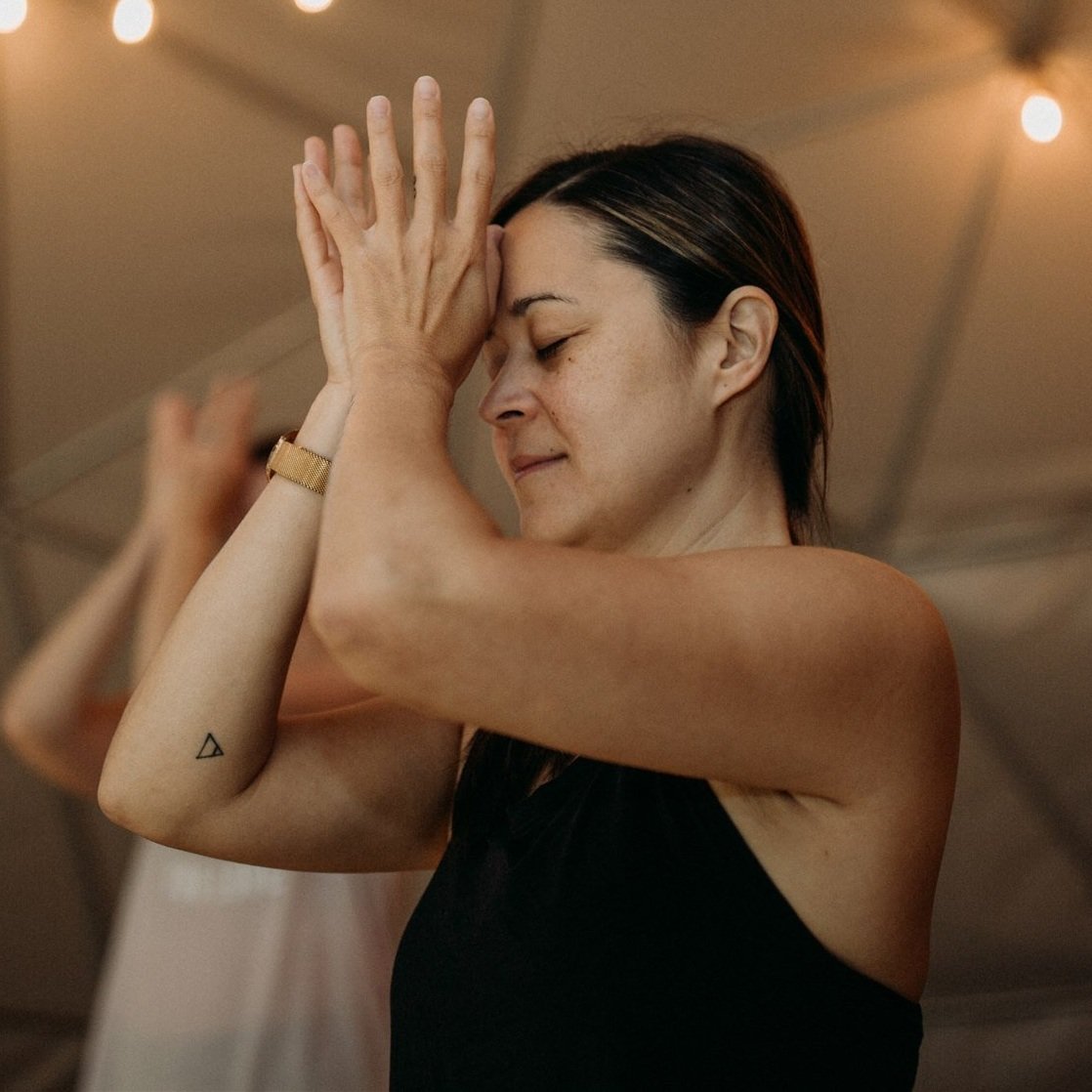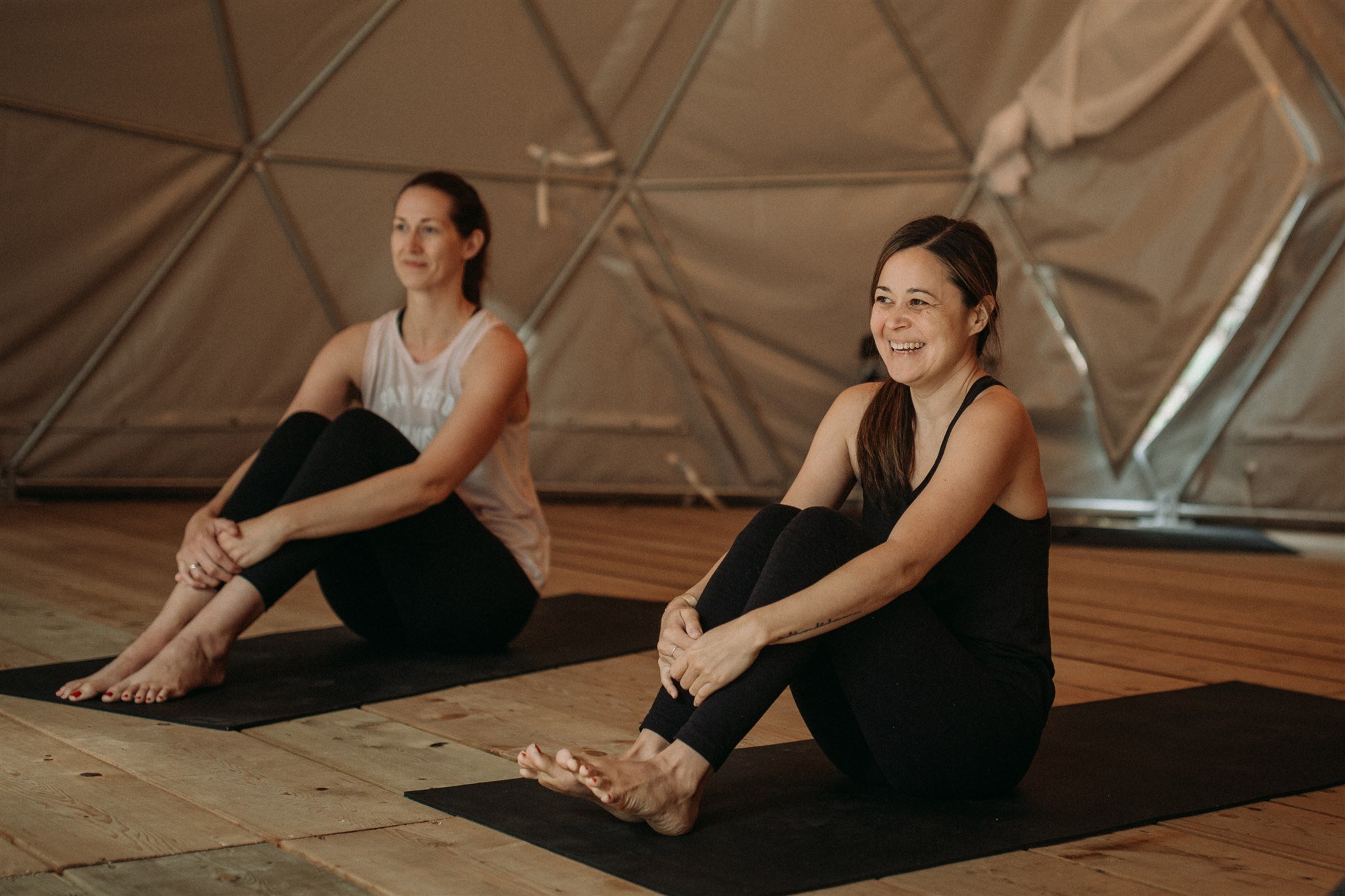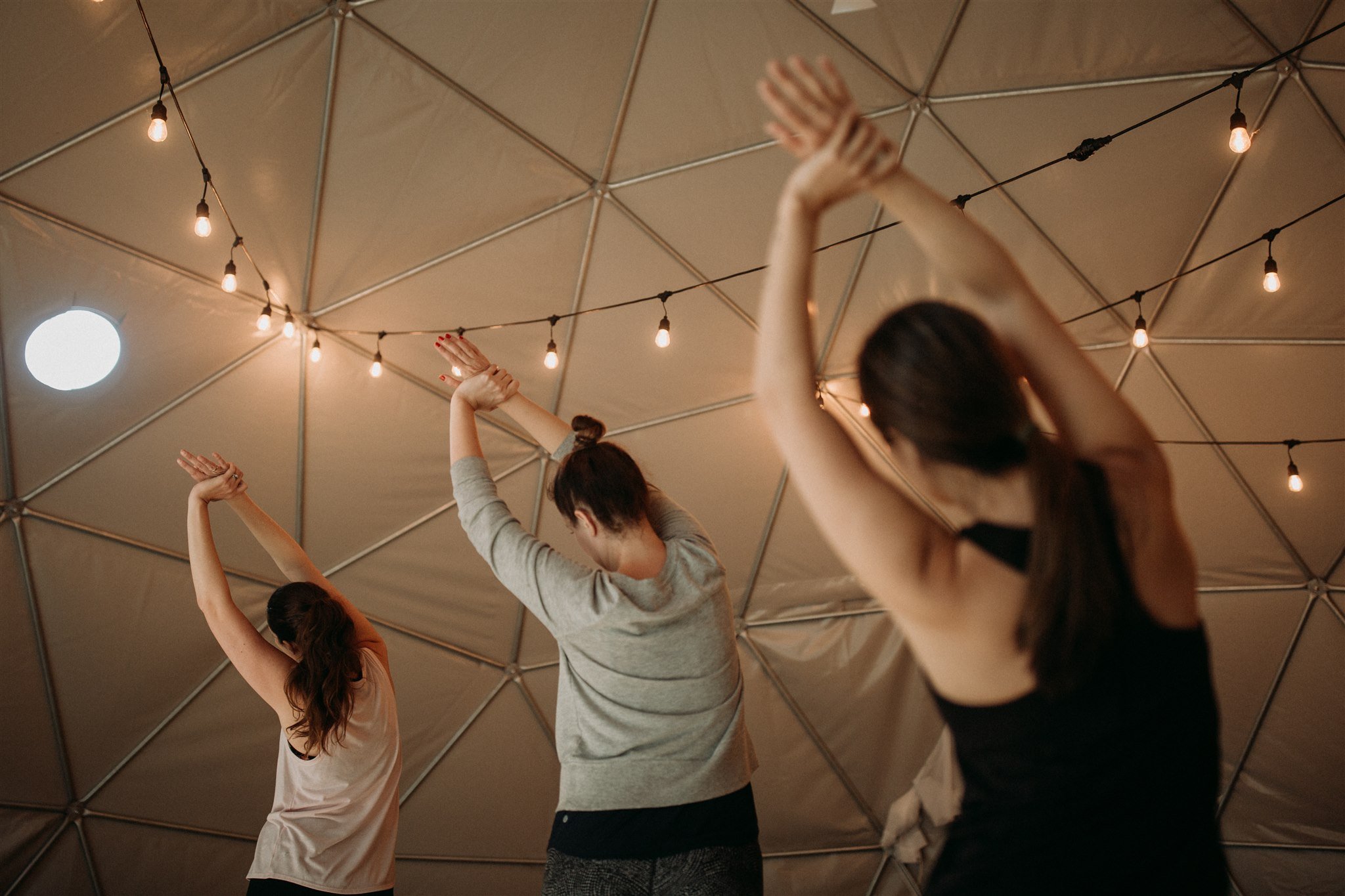With the daylight stretching longer and longer each day, the energy surrounding the seasonal shift into Spring has many of us feeling uplifted and motivated by the lengthened daylight hours as well as the buds of growth everywhere in nature.
Typically this motivates us to take a closer look at what we are keeping in both our physical and mental spaces, and make space to declutter what we no longer need (ultimately making space for new beautiful things to grow).
All around the world, there are various traditions, celebrations and holidays that essentially all mark the season of light, planting anew, and (re)birth. In this thread we outline the unique details of some of the more popular ones, however, encourage you to dig deeper and explore your own lineage or interests relating to traditions around this time of year marking a universal time for planting and growth.
Chinese New Year – China
In the lead-up to the Chinese Lunar New Year, people perform a preparatory cleaning of their space, sweeping away the dust and debris of the past 12 months in a symbolical gesture to make room for good fortune to come. It’s important that the tidying session be wrapped up by the stroke of midnight – any cleaning on New Year’s Day itself is said to sweep away good luck.
Songkran Water Festival – Thailand
The arrival of the spring season marks the new year in Thailand and the Songkran Water Festival is a celebration of rebirth. This tradition originated with people throwing water at each other to be cleansed of misfortune, negativity and to welcome luckier times ahead. However, in more modern times, this celebration has taken the symbolism of water to a new level as elaborate water celebrations drench entire streets for days.
Persian Nowruz - Several Middle Eastern countries
Persian Nowruz, observed in Iran (as well as many other countries, including Afghanistan, Iraq and Kazakhstan), is a New Year’s celebration that’s preceded by spring cleaning. The Iranian calendar is a solar calendar that honours and syncs with the seasons.
Nowruz coincides with the spring equinox in March, fittingly translating as “new day.” To mark this elemental time of renewal, belongings are sifted and sorted through, floors are scrubbed, closets decluttered and re-organized, and items collecting dust that no longer spark joy are rehomed. This sometimes begins weeks before the equinox to ensure enough time is dedicated to this process of shedding the old and welcoming in the new alongside the rhythms of nature.
Holi – Northern India
Holi in India is a country-wide social sanction to have fun, with a lot of vibrant colours that lift mood and a practice that may be originally linked to a time when colourful, natural medicinal plants were used for healing. Participants take to the streets for the “Festival of Colours” where they cover each other in colourful solutions and powders. Holi has a large social significance in the country, and the tradition is also celebrated with special treats.
Spring Equinox in Teotihuacán – Mexico
While the Spring Equinox is celebrated all over the world in different ways, it is much more significant in Mexico. People dress in red scarves and white robes, burn incense, perform ritual dances, and climb to the top of the Pyramid of the Sun, spreading their arms to follow the traditions of their ancestors, there they perform long-upheld rituals, with a belief that they will receive strong energy.
Cooper’s Hill Cheese-Rolling and Wake – Gloucester, England
For over two centuries, Gloucestershire's small English village has been host to this unique annual tradition called Cooper’s Hill Cheese Rolling and Wake. In this event, a round of Gloucester cheese is rolled down the hill, with participants racing down the steep hillside after it. The goal is to go after the cheese and ultimately catch it. Participants often end up tumbling head-over-heels and falling down the slope.
As mentioned, these traditions around the world are separated by practices, culture, and continent, however, they each involve a similar message; welcoming the arrival of the spring season and celebrating all that is to come.
Perhaps let this serve as a reminder how we are all interconnected with each other and the shifts in nature.
Sources Cited:
Acknowledgment, citation and thanks to the contributing resources of this publication, Fani Ntinoudi, Esme Benjamin, and Faith Davis.
Gratitude to our community near and far, both for taking the time to explore our blog and for walking the path to your best self - we hope this resonated and aids you in finding balance within.
Tell us in the comments what rituals you practice as we move towards the yang seasons of light and growth.
All Photos - Copyright Nectar Yoga


